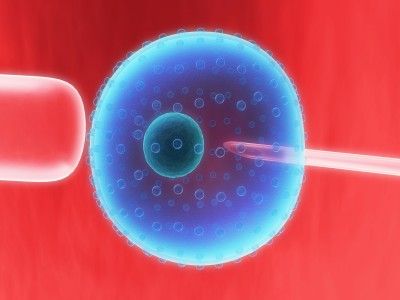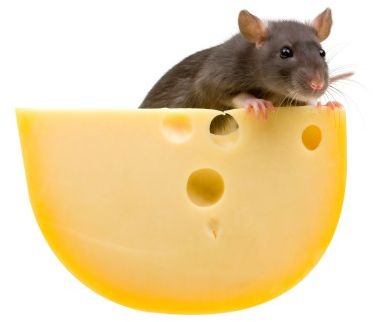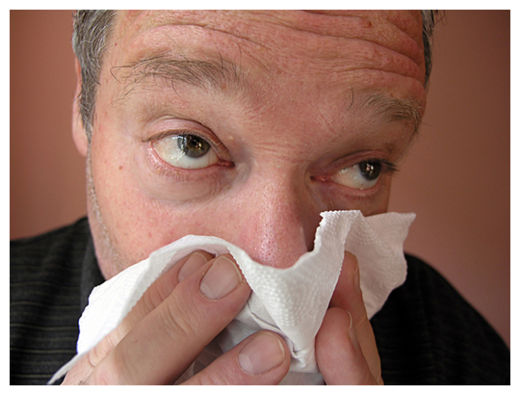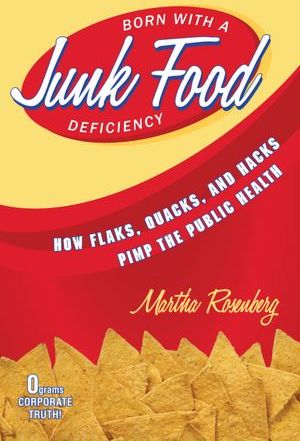Oddly enough, the Journal of Orthomolecular Medicine has not published a single article on pizza. At least not so far. Maybe if it did, it would make the cut at Medline.The National Library of Medicine Censors Nutritional Research
Medline is Biased, and Taxpayers Pay for It
Did you know that there are "good" medical journals, and that there are "naughty" medical journals?
No kidding. The good journals are easy to access on the internet through a huge electronic database called Medline ( http://www.ncbi.nlm.nih.gov/pubmed ) This wonderful, free service is brought to you by the US National Library of Medicine and the National Institutes of Health. In other words, by you. By your tax dollars. Generally it is money well spent, until you go searching for megavitamin therapy research papers. Then you will find that you can't find all of them. That is because of selective indexing.
The National Library of Medicine (NLM) proudly describes itself as "the largest medical library in the world. The goal of the NLM is to collect, organize and make available biomedical literature to advance medical science and improve public health."
Hmm. Collect. Organize. Make available. Improve public health.
So, after over 40 continuous years of publication, why is the Journal of Orthomolecular Medicine NOT indexed by Medline?











Comment: Soy has been described as a health and environmental nightmare:
The War on Soy: Why the 'Miracle Food' May Be a Health Risk and Environmental Nightmare
Feedlot Meat Has Spurred a Soy Boom That Has a Devastating Environmental and Human Cost
Genetically Modified Soy: The Invisible Ingredient 'Poisoning' Children